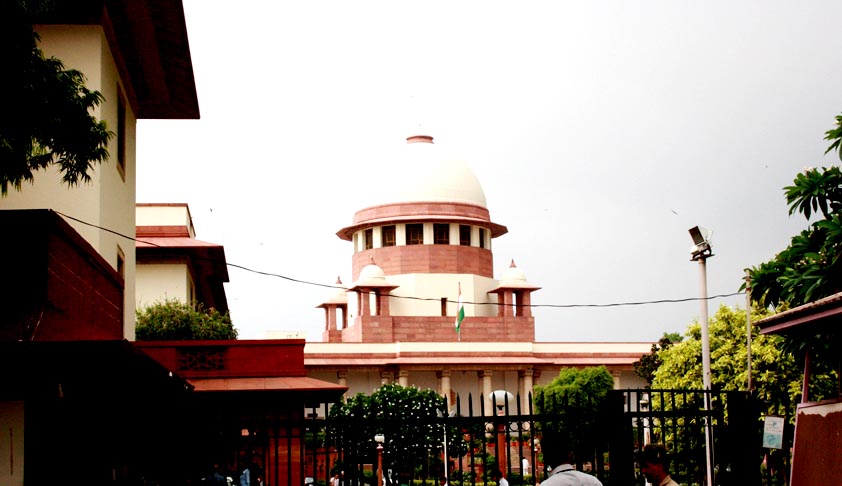National Judicial Data Grid for public access inaugurated in Supreme Court
LIVELAW NEWS NETWORK
19 Sept 2015 5:31 PM IST

Next Story
19 Sept 2015 5:31 PM IST
National pendency figures to the level of district courts will be open to the general public and will be just a click away.The figures of pendency of District Judiciary Courts across the country, in aggregate for country and States as well as individual Court/Judges are left open for being accessed by anyone visiting the National eCourts portal ecourts.gov.in.Justice Madan B. Lokur, Judge who...
